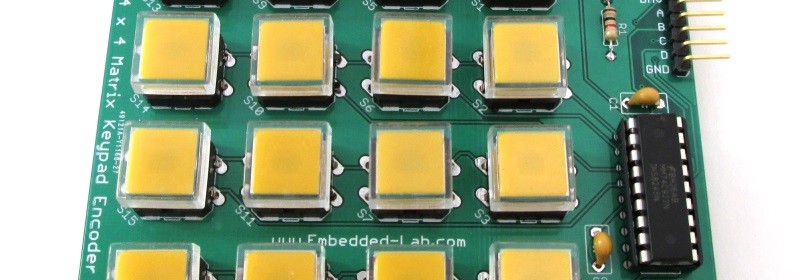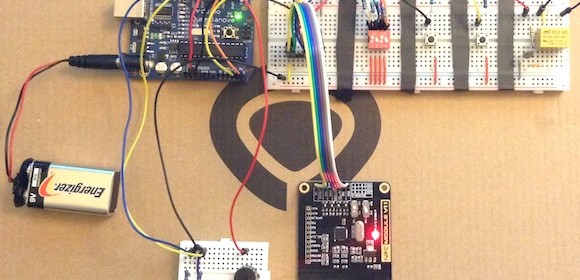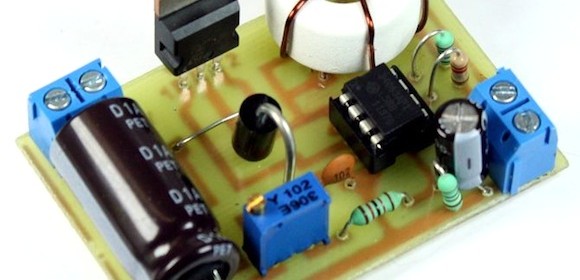MM74C922N-based encoded matrix keypad

Matrix keypads are an excellent way of providing user input data into microcontroller-based systems. Keypads find applications in remote controls, standalone data-loggers, security systems, door entry systems, calculators, microwave ovens, etc. They are usually implemented as pushbutton switches arranged in a row and column matrix format to reduce the number of I/O connections. For example, a 16-switch keypad is arranged in a 4 X 4 matrix format requiring 8 I/O connections. A pressed key is detected and identified by scanning the keypad to look for a short circuit condition between a row and a column wire. The keypad scanning can
Read more


